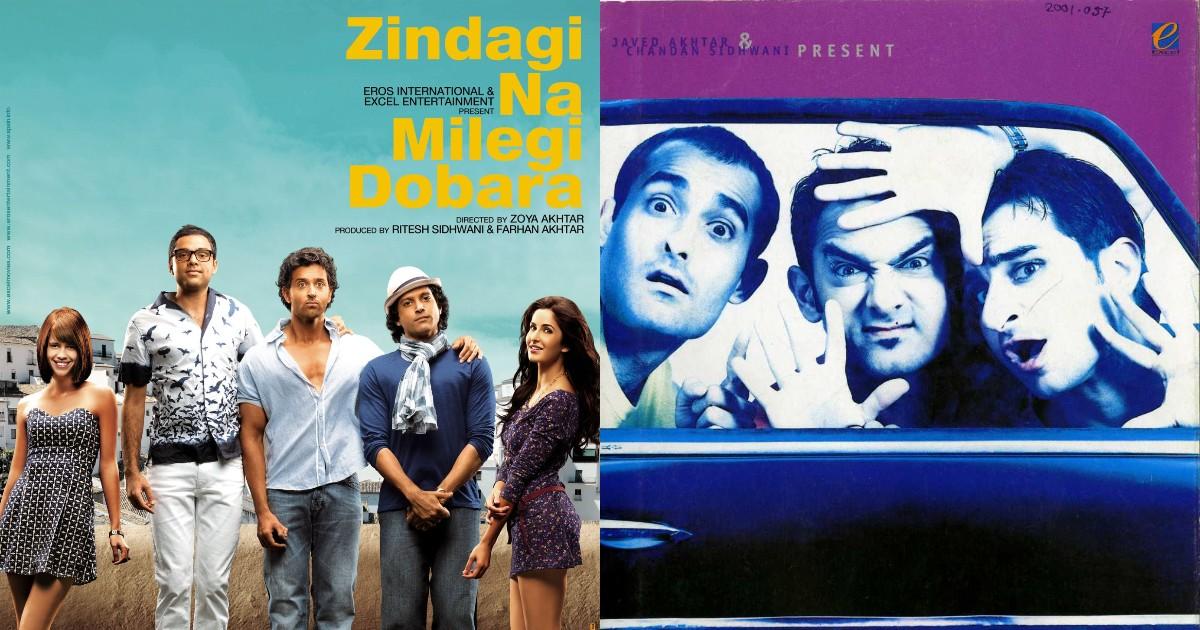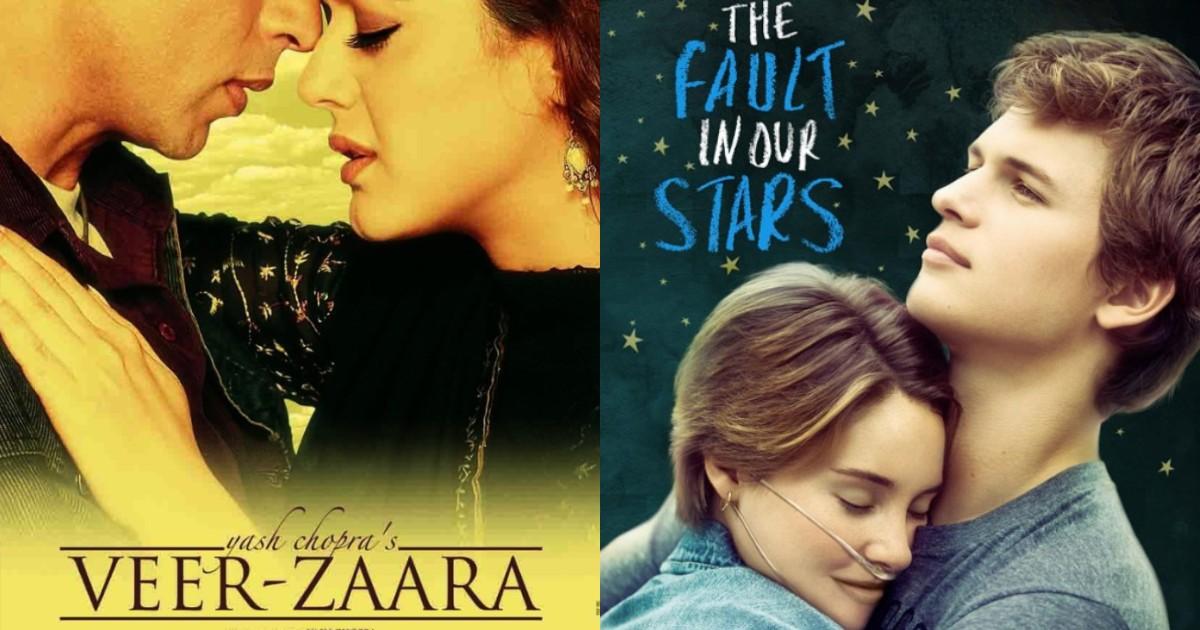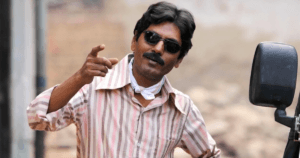From Sai Paranjpye’s social dramas to Kanika Dhillon’s romantic tales, women directors and writers have been delivering memorable stories and characters for years now. And many a time, stories and characters written from a female gaze have been better than the ones written by men. Here’s proof:
1. Depiction of female friendship
From motherhood to jealousy, Meghna Gulzaar’s Filhaal explored myriad issues with sensitivity and honesty, while keeping female friendship as its central theme. On the other hand, Shashank Ghosh’s female-buddy movie, Veere Di Wedding, revolved only around the men in the women’s lives – to the point that we weren’t even aware of the careers of 3 out of the 4 central characters.
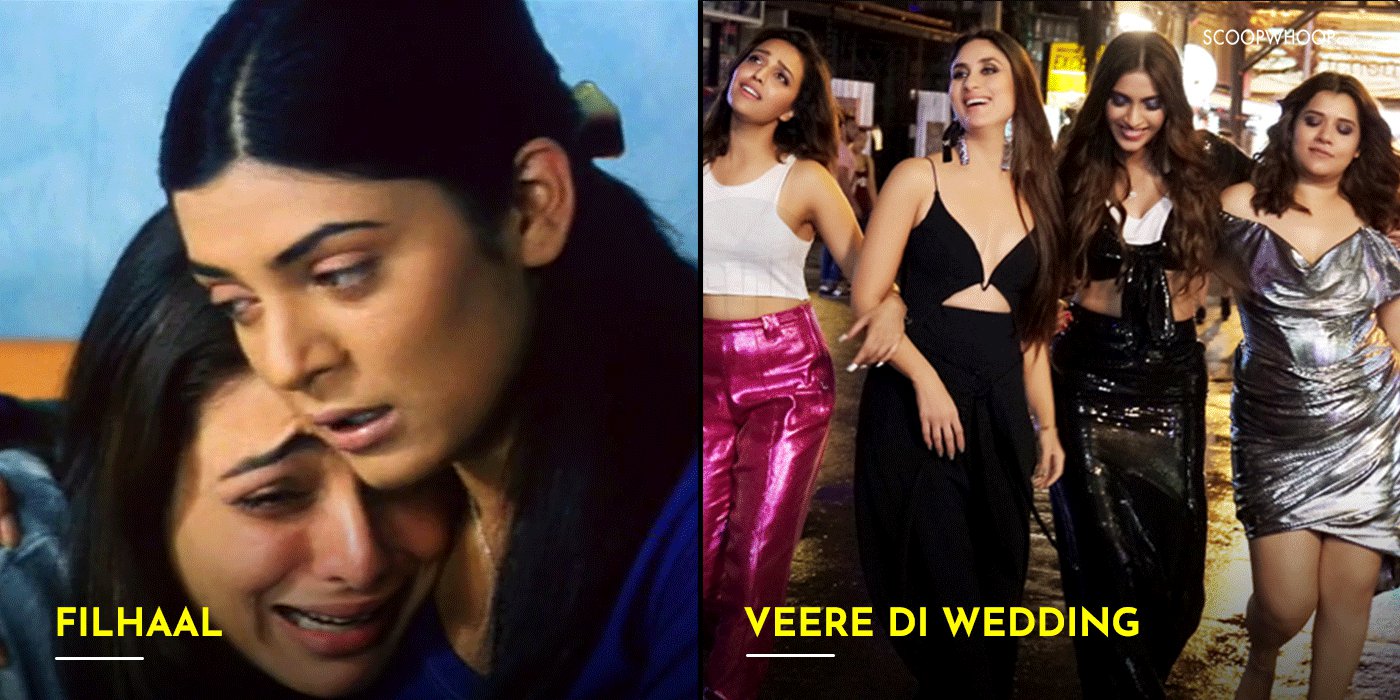
2. Depiction of same-sex (lesbian) relations
Based on Ismat Chughtai’s 1942 story, Lihaaf, Deepa Mehta’s Fire was ahead of its time (and caused a furore at the time of its release) but its sensitive portrayal of same-sex relationships is timeless. Karan Razdan’s Girlfriend, on the other hand, objectified female desire.
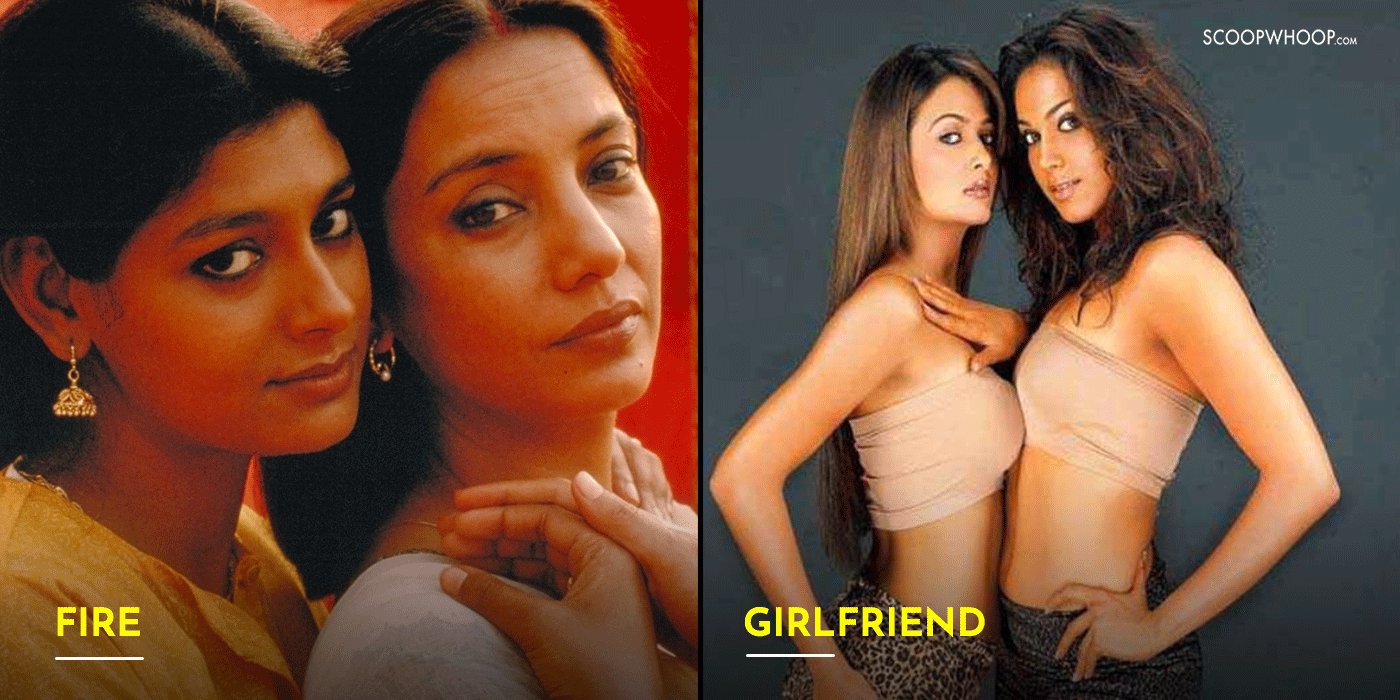
3. Single, older women
Kamna and Tanuja Chandra’s Qarib Qarib Singlle showed a single woman in her late 30s who was willing to take a chance on love and explore life. And Karan Johar introduced Miss Braganza (from Kuch Kuch Hota Hai) for comedic relief alone. Though she was definitely ahead of time!
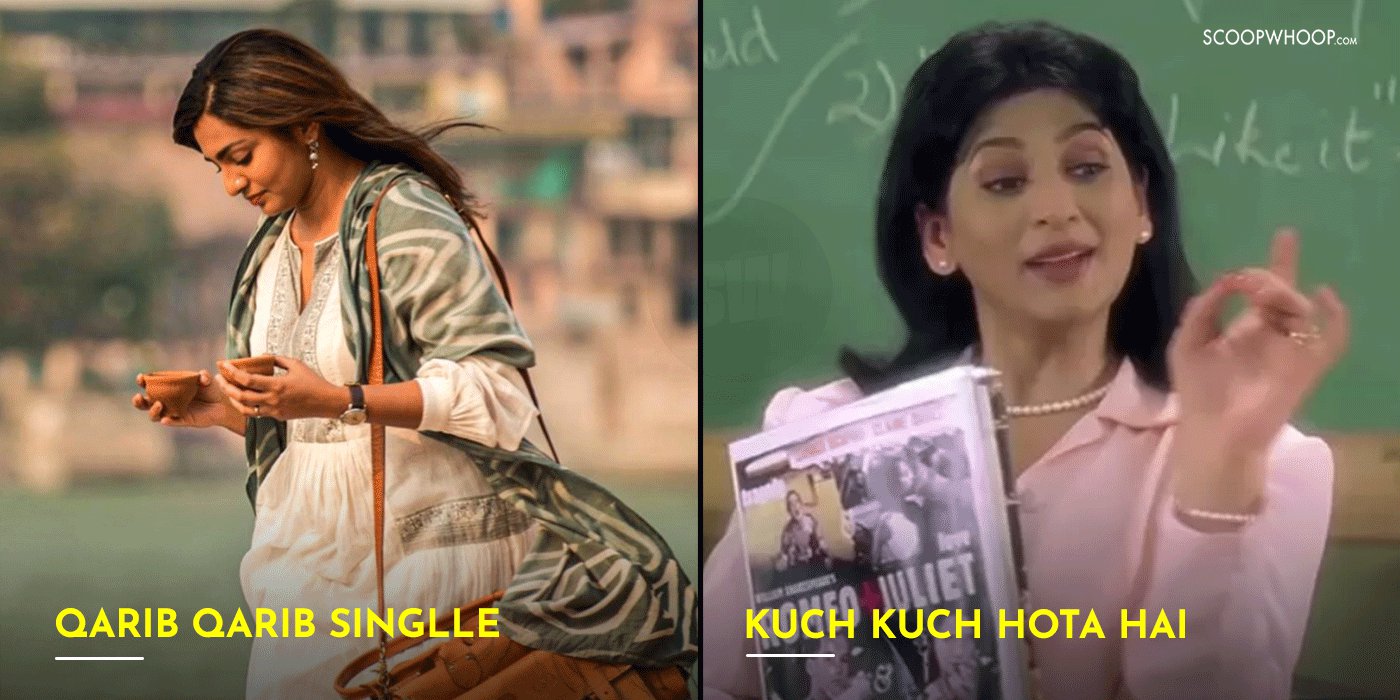
4. Women in ‘patriotic’ films
Meghna Gulzar gifted us Raazi, a patriotic film with a female protagonist that steered clear of hyper-nationalism and still won the audience over, without relegating the male lead to ‘just a romantic interest’. Rohit Shetty gave us Simmba in which all the women, including the lead heroine, were just props in the hero’s journey. I mean, Sara Ali Khan had more songs than dialogues in the film.
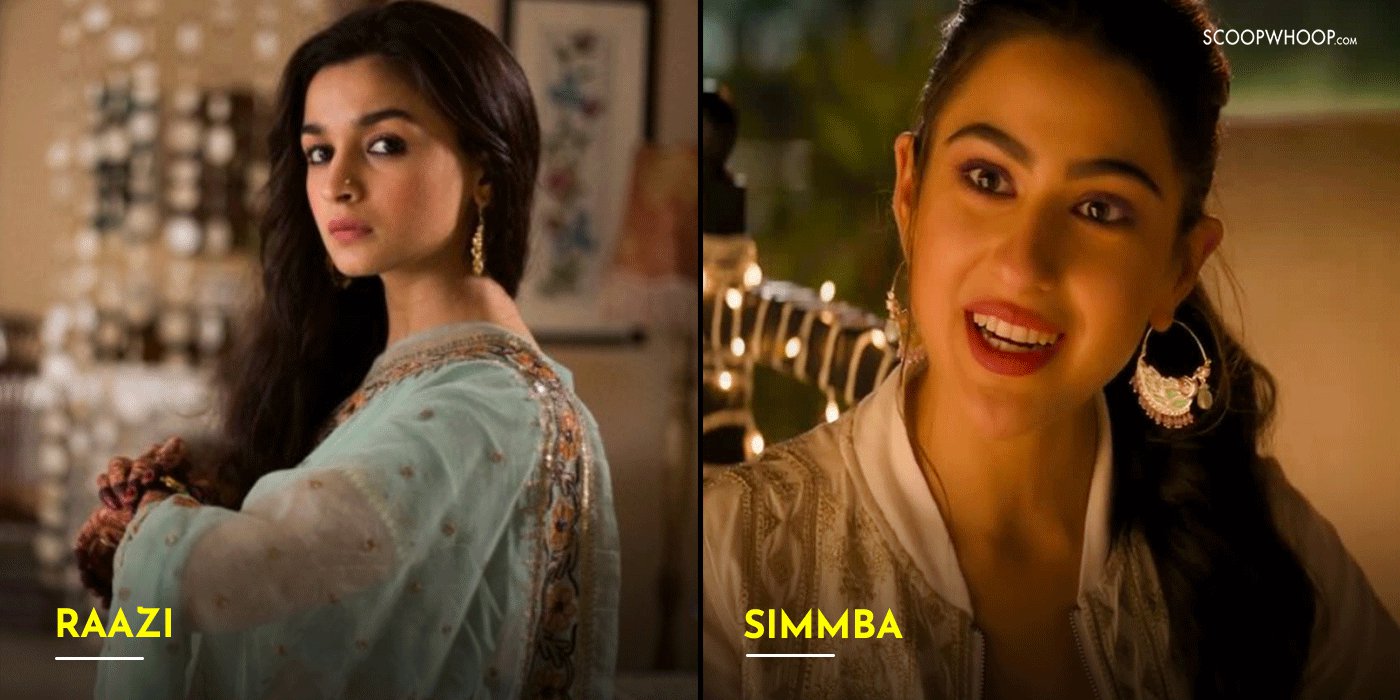
5. Mothers
With Shashi, Gauri Shinde showed us how to talk about mothers without reducing their entire identity to just motherhood. Shashi experienced a gamut of emotions (insecurity, desire, guilt, and pride), but all of them didn’t rotate around her role as a mother. But whether it was DDLJ or any of the dramas from the 90s and most of the early 2000s, women who played ‘mom roles’ had no identity apart from that of being a mother.
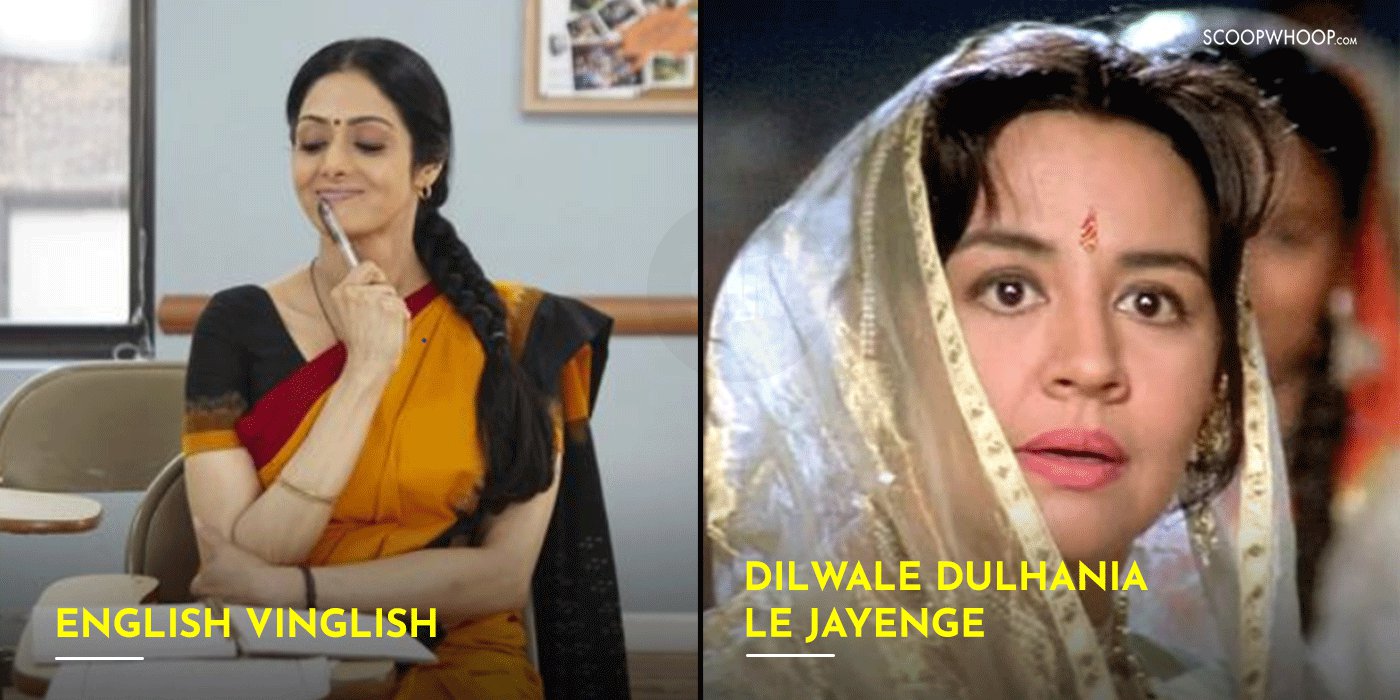
6. Comedy dramas featuring couples
Reema Kagti’s Honeymoon Travels Pvt Ltd was a quirky comedy that featured different couples, and thus, different issues that plagued them. It wasn’t perfect, but definitely novel. And then we had Masti and its many sequels that relied on crass jokes based on the objectification of women, infidelity, and men’s inability to control their desires.
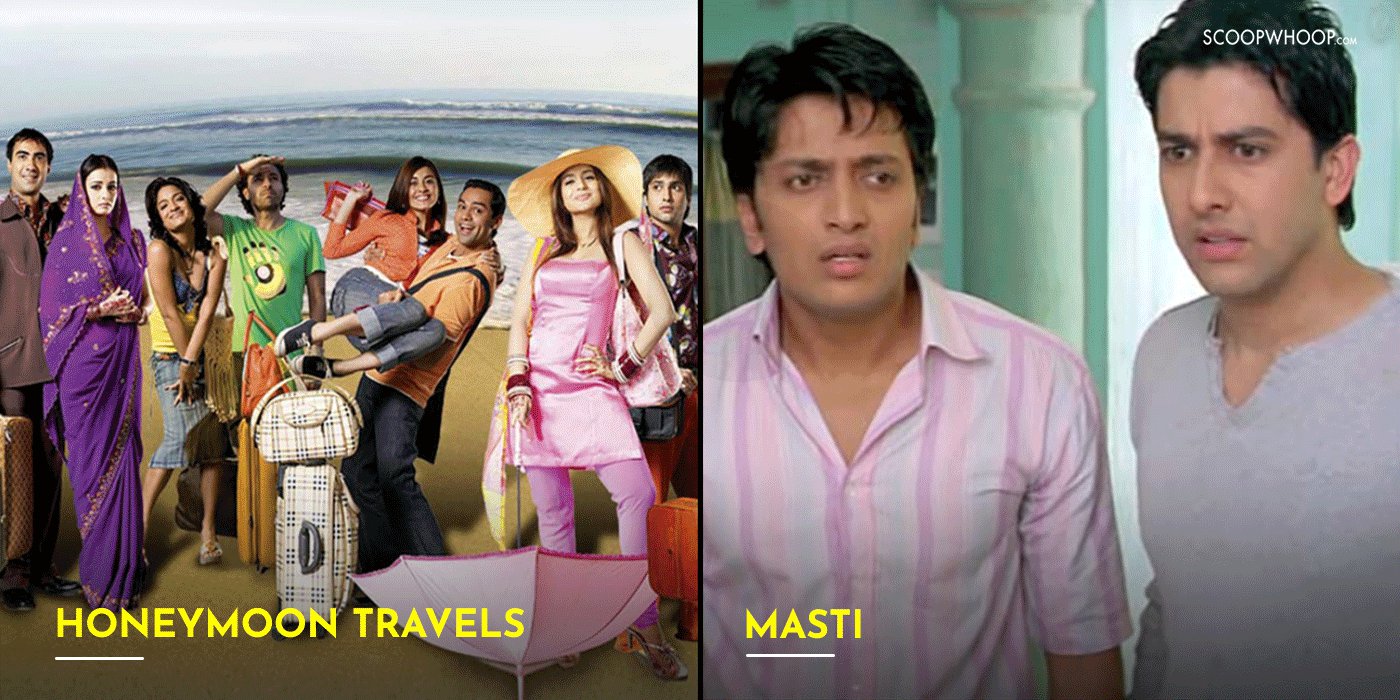
7. Women dealing with breakups
Breakups can be devastating but they don’t always leave women ill-equipped to move on with their lives because romance is not the only guiding force in their lives. And that’s the journey Zoya Khatar showed for Sona in Luck By Chance. But Rajat Mukherjee’s Pyaar Tune Kya Kiya was just another film in a long list of Bollywood movies where a woman’s entire identity was reduced to her inability to deal with a failed love affair.
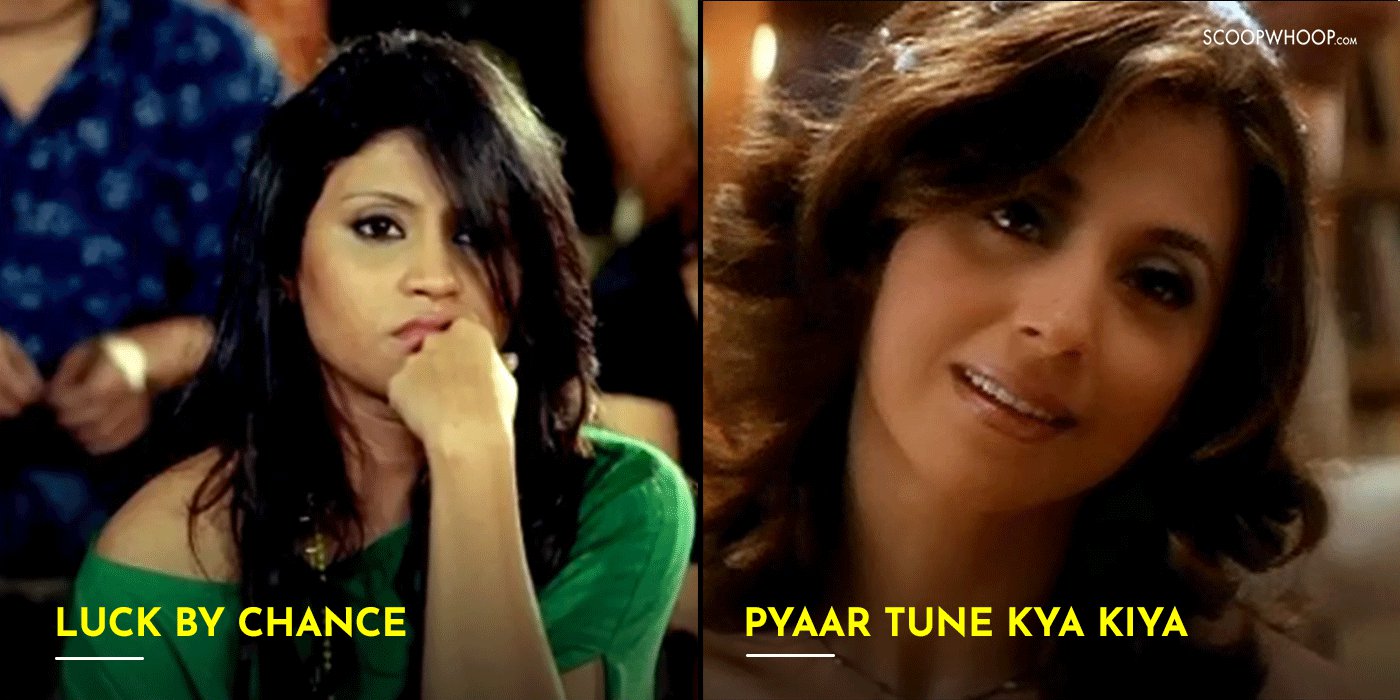
8. Women owning up to their desires
In Dear Zindagi, Gauri Shinde showed how Kaira accepted herself, her sexual history, her desires, and even her unrequited love, with sensitivity and maturity. In Cocktail, Homi Adajania (director), Imtiaz Ali, and Sajid Ali (writers) had women fight each other over a man. And of course, the woman who had alcohol, multiple sexual partners, and could not deal with a breakup, “lost”.
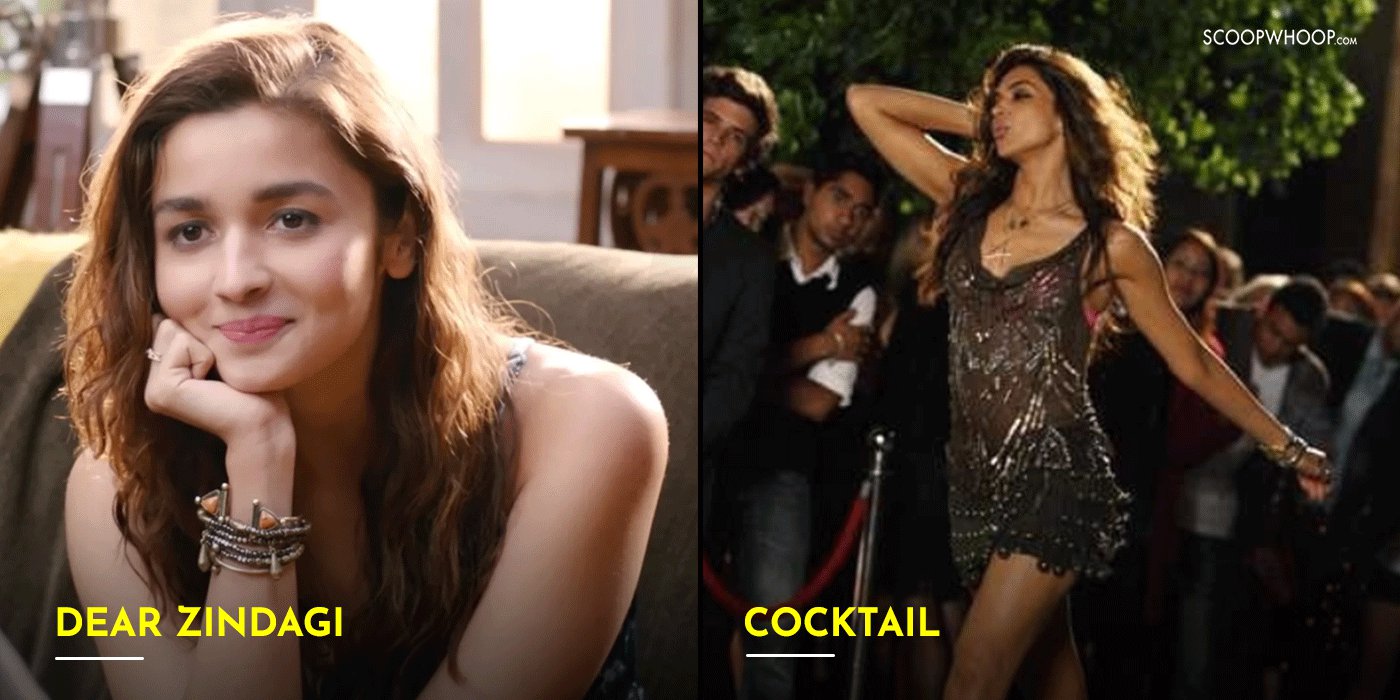
9. Older women having sexual desires
Alankrita Shrivastava dared to portray the sexual desires of older women in Lipstick Under My Burkha. Men, it appears, can’t fathom writing about a woman’s sexual desires, though the male population feels far too comfortable in sexualizing young female actors and forgetting women when they get older.
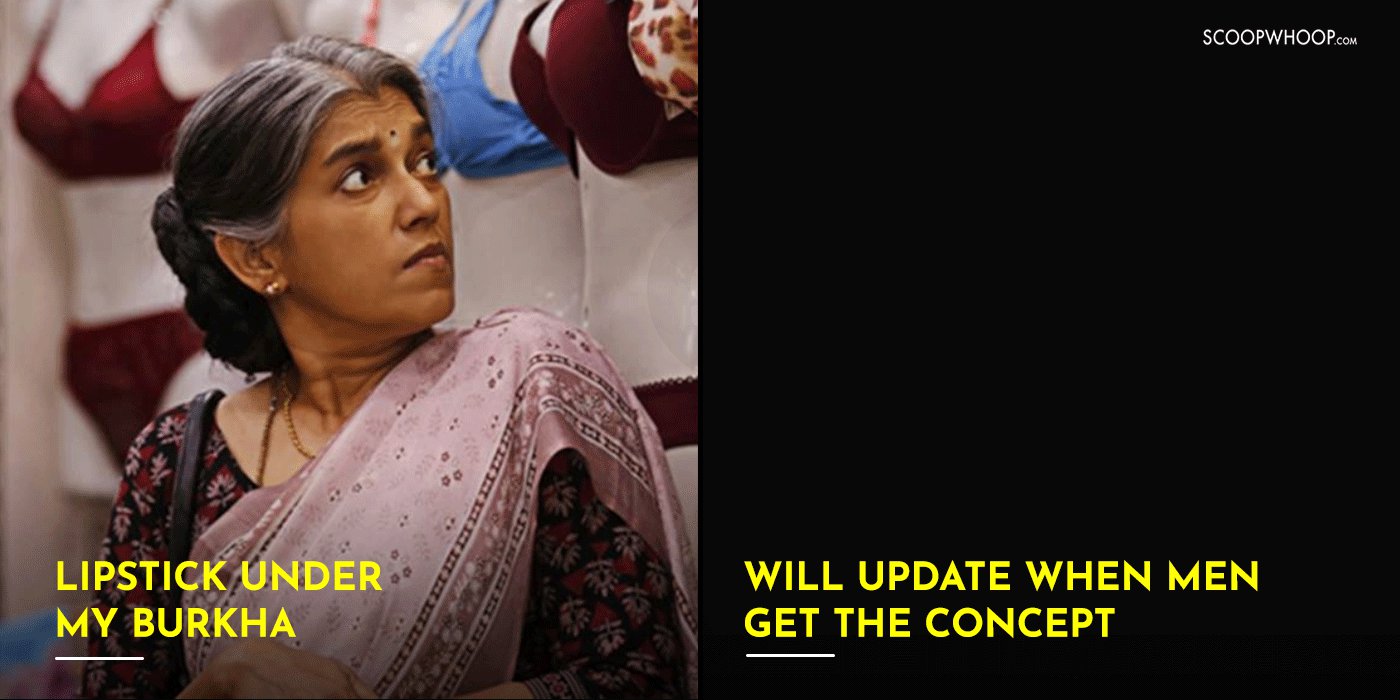
This is not to say that women alone can create stories on women’s experiences with authenticity and compassion. After all, male artists did create gems like Queen, Piku, Axone, Cheeni Kum, Kahaani, etc. But, perhaps, it’s time more women are given a chance to tell varied, relatable, original stories.
Design credits: Sawan Kumari




